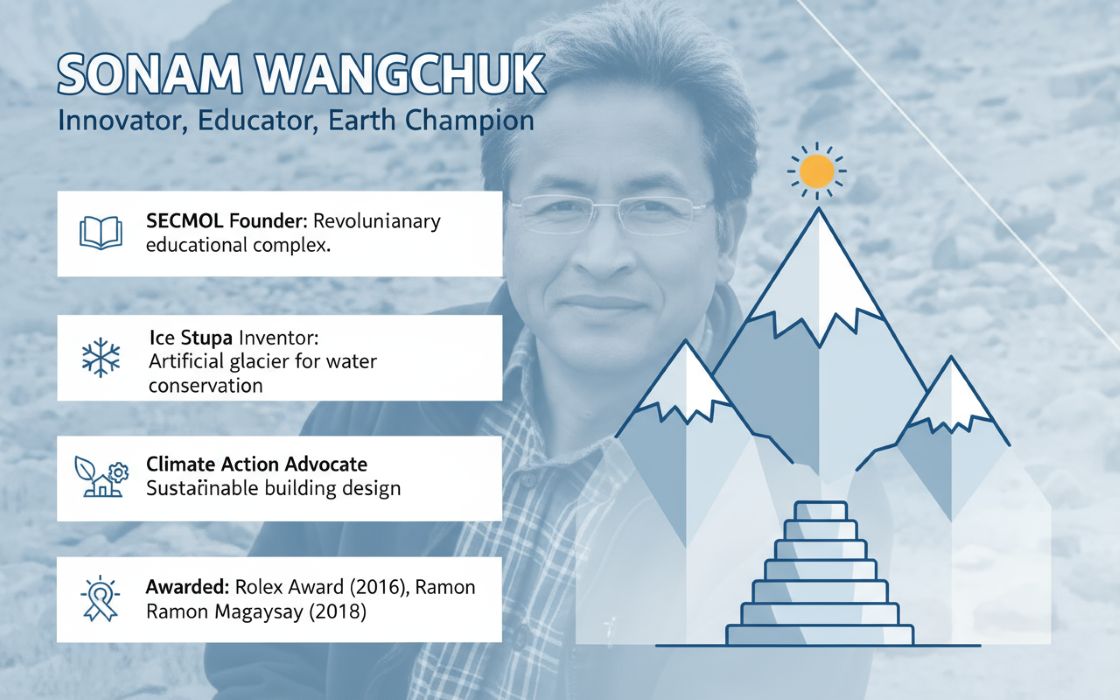Founded by FLAME alumni Jehaan Kotwal and Sumedh Mane, the HumSafer Driver Safety Foundation is revolutionizing road safety in India with a mission to protect truck drivers and reduce accidents. Drawing on their entrepreneurial acumen and a deep understanding of the trucking industry, the duo has leveraged technology to address critical issues like fatigue, overspeeding, and road hypnosis. Through innovative tools and real-time interventions, they are not only preventing accidents but also promoting driver well-being. In this interview, Kotwal and Mane delve into their motivation, the role of technology, and how their education at FLAME shaped their journey toward creating a sustainable impact in India's logistics sector.
Scroll down to read the full interview.
Q. Can you provide a brief introduction to the HumSafer Driver Safety Foundation and its primary goals?
A. The HumSafer Driver Safety Foundation is a mission-driven organization founded by two FLAME alumni, Sumedh Mane and Jehaan Kotwal, with a shared vision of making Indian roads safer. Our primary objective is to empower truck drivers with innovative tools and resources to reduce road accidents, enhance their well-being, and instill a culture of safety in the logistics industry. By leveraging technology, we address critical issues such as fatigue management, overspeeding, and road hypnosis through real-time interventions. Our mission aligns with global Sustainable Development Goals (SDGs), specifically Goal 3 (Good Health and Well-Being) and Goal 8 (Decent Work and Economic Growth). By safeguarding lives and promoting sustainable transport practices, we aim to create a lasting impact on India’s road safety landscape.
Q. What was the motivation behind starting HumSafer, and how did FLAME University’s educational philosophy contribute to this journey?
A. HumSafer was born out of a pressing need to address the high rate of road accidents in India. Growing up in a family with a trucking business, I witnessed firsthand the high-stress and high-risk environment in which drivers operate. These experiences revealed critical gaps in safety protocols and inspired us to create a solution.FLAME University played a transformative role in shaping this journey. Its interdisciplinary approach encouraged us to analyze challenges from multiple perspectives, fostering critical thinking and innovative problem-solving skills. The emphasis on design thinking enabled us to deeply empathize with truck drivers and design solutions tailored to their needs. Moreover, FLAME’s focus on creating scalable, socially impactful ventures gave us the confidence to build a platform that not only addresses road safety but also upholds the dignity and agency of drivers.
Q. How did your personal and professional backgrounds shape the way you both approached this venture?
A. Growing up in a family business that managed a fleet of trucks, I was exposed early to the operational and human challenges faced by drivers. This first-hand experience provided valuable insights into the issues plaguing the logistics sector. My passion for leveraging technology to solve real-world problems combined seamlessly with Sumedh Mane’s expertise in product innovation, leading to the creation of HumSafer. FLAME University’s interdisciplinary curriculum further shaped our approach, teaching us to explore problems holistically and apply experiential learning to navigate entrepreneurial challenges. This foundation of empathy, coupled with practical business acumen, has been central to building HumSafer’s mission.
Q. Could you describe the specific roles that each of you hold within HumSafer and how you complement each other as co-founders?
A. As co-founders, we complement each other’s strengths to drive HumSafer’s mission forward. My role focuses on product innovation, strategic partnerships, and aligning our initiatives with broader ESG and SDG principles. Sumedh Mane leads operational excellence and on-ground implementation, ensuring our solutions are driver-friendly and impactful. Our partnership thrives on mutual respect and the design thinking principles we learned at FLAME, allowing us to align on strategic goals while leveraging our distinct expertise to deliver meaningful outcomes.
Q. What are the key challenges you’ve observed truck drivers face, and how does HumSafer aim to address these?
A. Indian truck drivers face numerous challenges, including long hours, insufficient rest, limited access to healthcare, and inadequate support systems. These are exacerbated by a lack of awareness about road safety and a culture that often normalizes risk-taking. HumSafer addresses these issues holistically. Our app provides real-time interventions, such as AI-driven fatigue alerts and overspeeding warnings, enabling drivers to make safer choices. Additionally, we offer educational resources to raise awareness about safety practices and their rights, alongside wellness programs to support mental and physical health.
Q. Can you share how the app-based model of HumSafer helps in potentially saving lives and improving driver well-being?
A. HumSafer’s app-based model leverages technology to create a proactive safety ecosystem for truck drivers. By analyzing real-time GPS data and driver behavior, the app identifies risks like overspeeding or prolonged driving without breaks, sending timely alerts to mitigate potential accidents. This approach not only prevents accidents but also empowers drivers to adopt safer habits, enhancing their well-being. Our vision is to foster a culture of safety that extends beyond compliance, creating positive ripple effects for drivers, their families, and the broader community.
Q. What role has technology played in developing HumSafer’s initiatives, and how do you see it evolving in the future?
A. Technology is at the core of HumSafer’s initiatives. Our AI- and IoT-based systems analyze driver behavior, predict risks, and provide timely interventions. For example, our fatigue detection system alerts drivers when rest is needed, preventing potentially life-threatening situations. In the future, we aim to enhance personalization through machine learning and integrate platforms like Aadhaar and ULIP to develop a Safe Driving Score (SDS). These advancements will further align with India’s digital transformation goals, ensuring scalability and long-term impact.
Q. Could you provide any data on the number of lives or accidents prevented so far with HumSafer's initiatives?
A. While comprehensive data is still being consolidated, early indicators are promising. Drivers using the HumSafer app report a 40% reduction in risky behaviors like overspeeding and driving without breaks. These behavioral changes have significantly reduced near misses and minor accidents during pilot projects. As we scale, we aim to refine our data collection methods to provide more robust metrics, contributing meaningful insights to India’s road safety discourse.
Q. What impact has the Ministry of Commerce & Industry's nomination for the Oxygen Transporters & Drivers initiative had on your organization?
A. The nomination by the Ministry of Commerce & Industry for the Oxygen Transporters & Drivers initiative during the pandemic was a significant milestone for HumSafer. It reinforced our commitment to social responsibility and showcased our ability to mobilize resources for critical causes. This recognition boosted our credibility, opened doors for key collaborations, and strengthened our resolve to align with India’s ESG priorities, amplifying our impact on driver safety and welfare.
Q. Looking back, how do you feel your time at FLAME University helped prepare you for the journey with HumSafer?
A. FLAME University was instrumental in shaping the entrepreneurial mindset that drives HumSafer today. The university’s focus on interdisciplinary thinking combined with experiential learning set us up for our journey as entrepreneurs. Learning design thinking at FLAME also taught us to approach problems with empathy, putting the user—in this case, truck drivers—at the center of every solution. The entrepreneurship course offered at FLAME was particularly impactful. It challenged us to think beyond traditional business metrics and focus on creating ventures that deliver meaningful social impact. The insights shared in this course on resilience, innovation, and ethical leadership continue to guide our decisions. The ecosystem at FLAME, with its emphasis on creativity and critical thinking, provided the perfect foundation for building a venture like HumSafer.



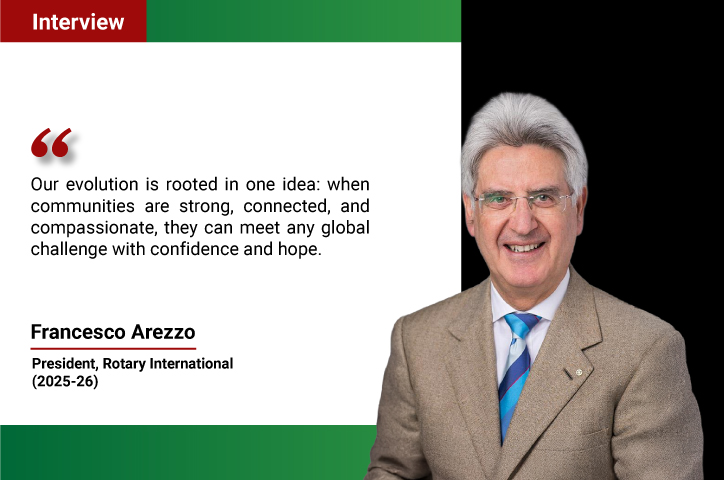
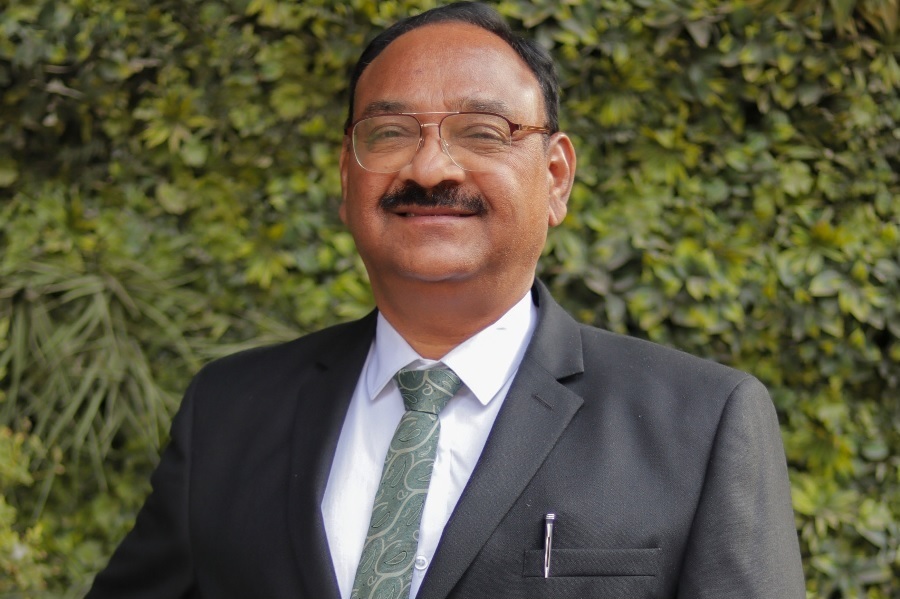
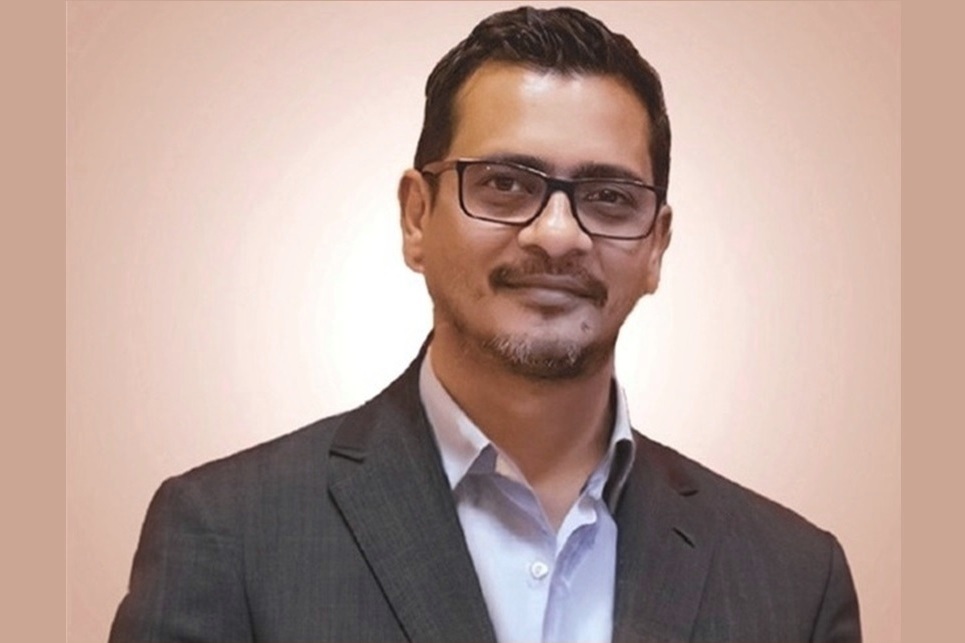

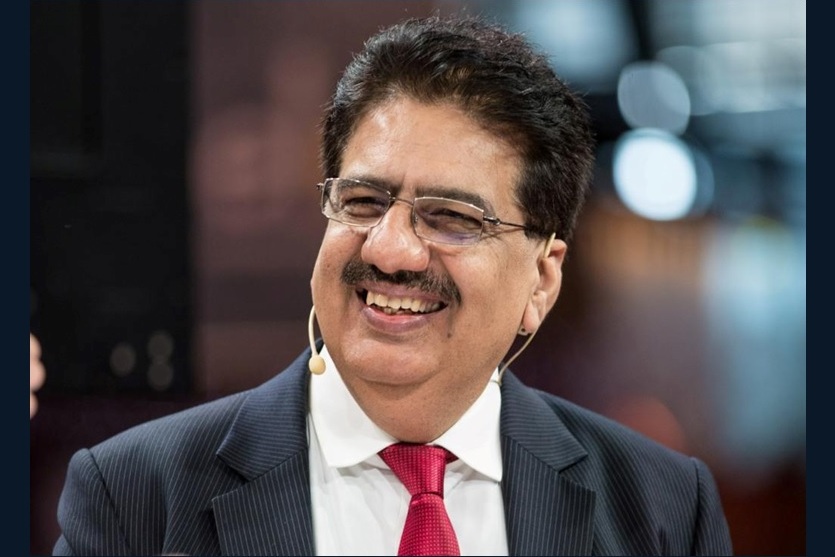

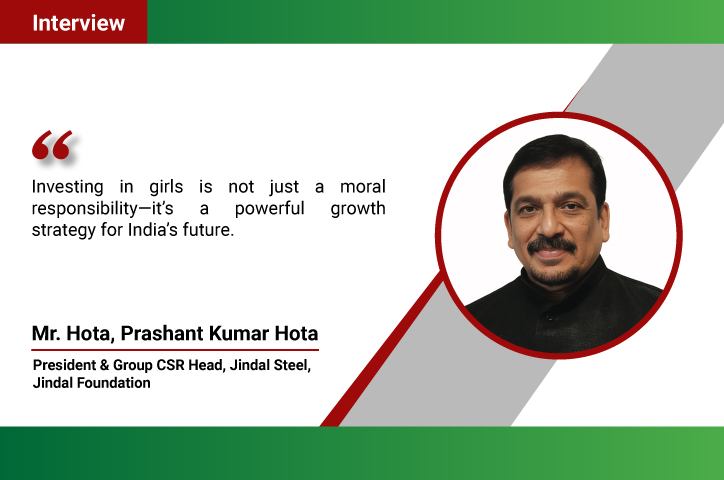
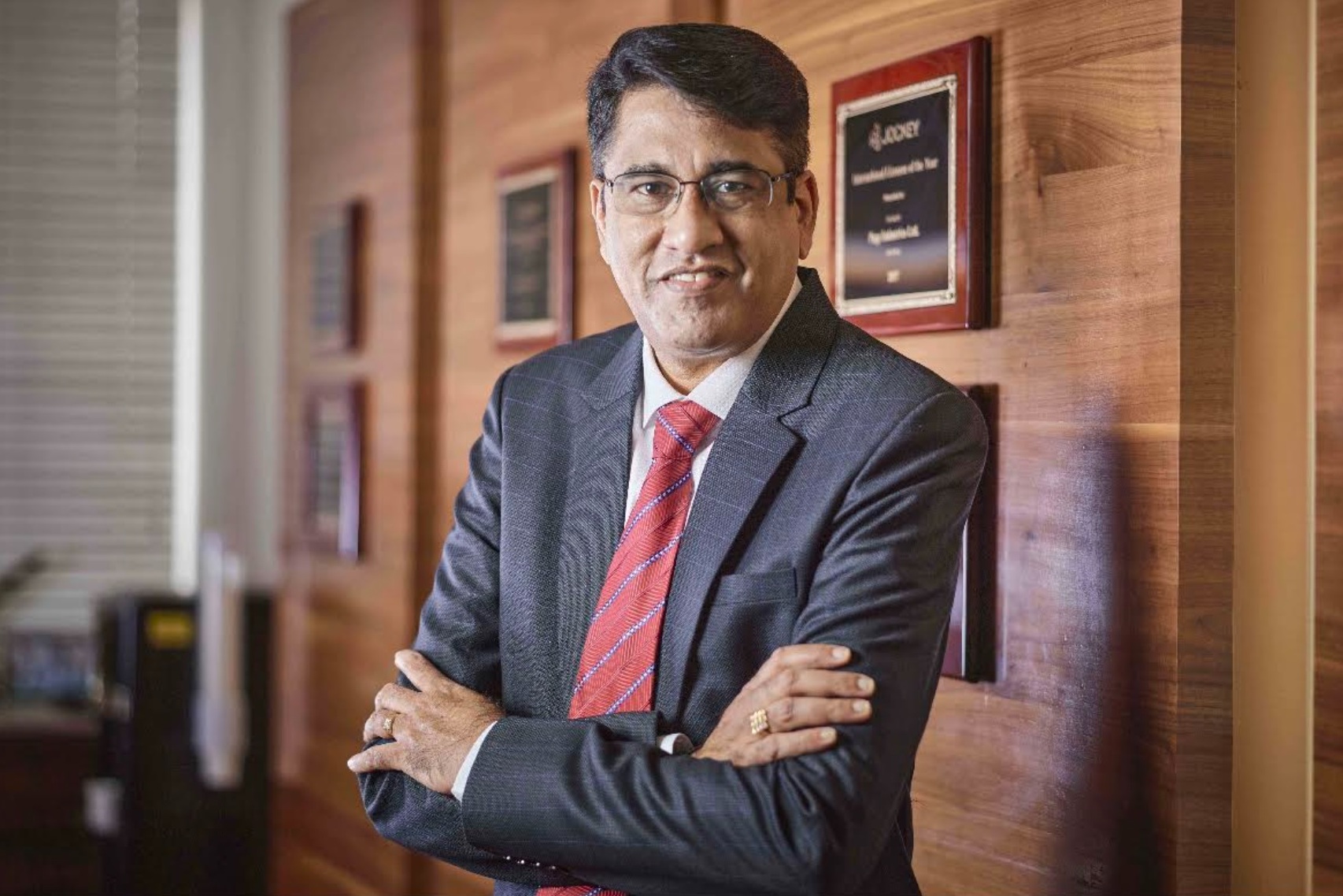
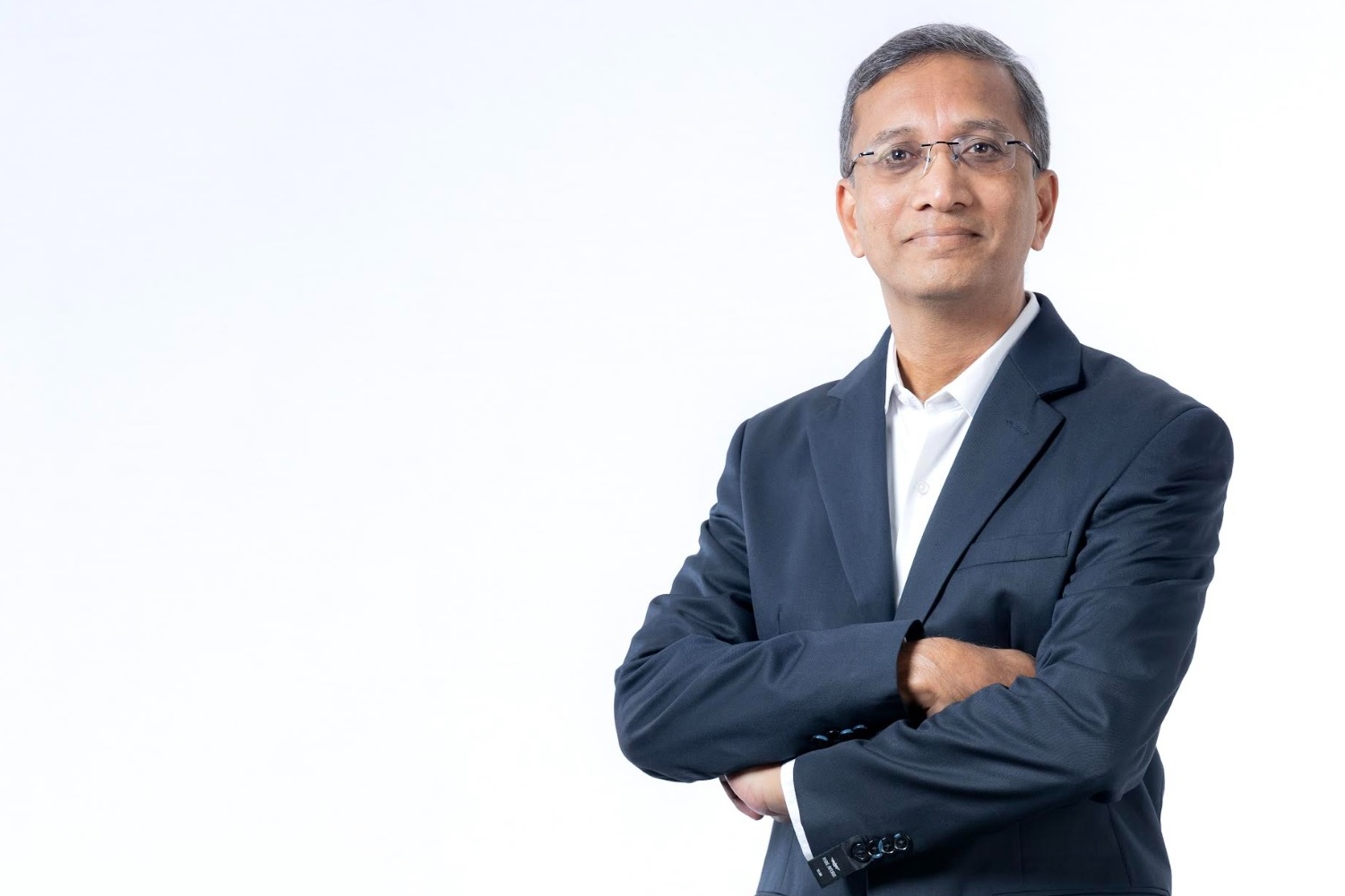
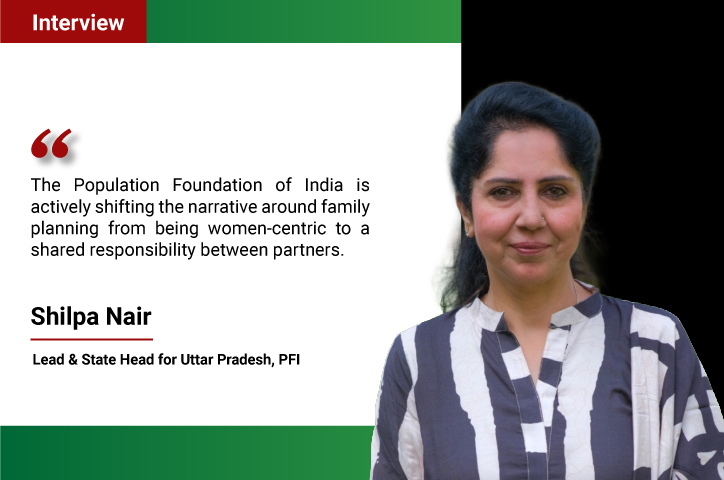
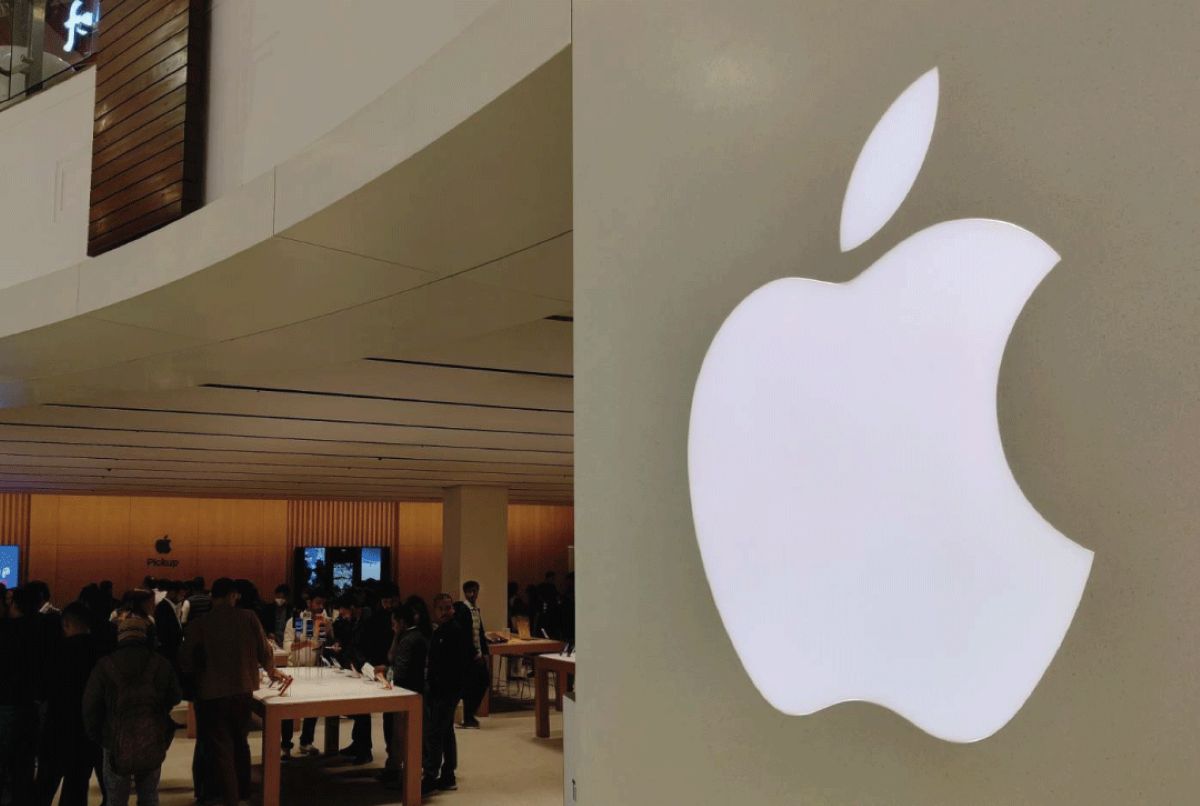
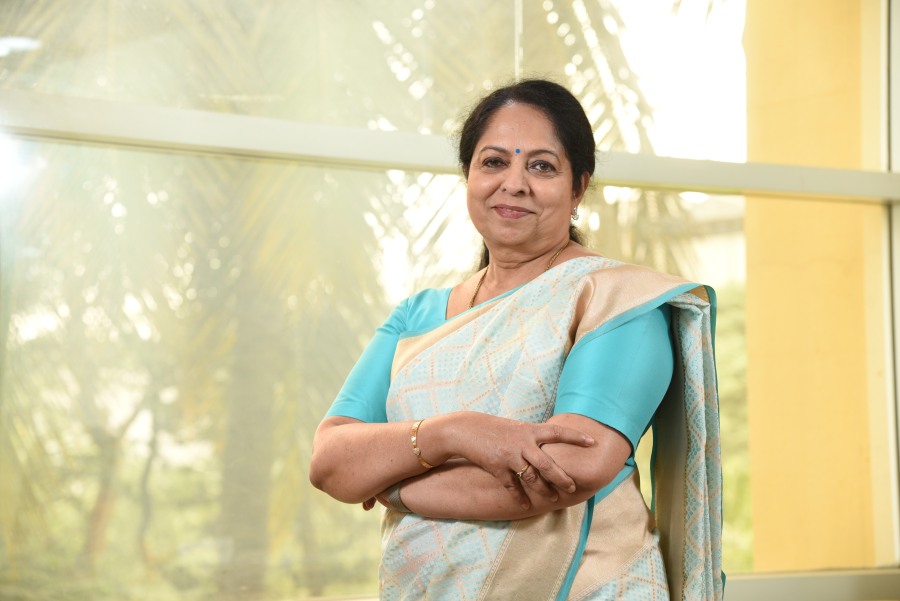
.jpg)

